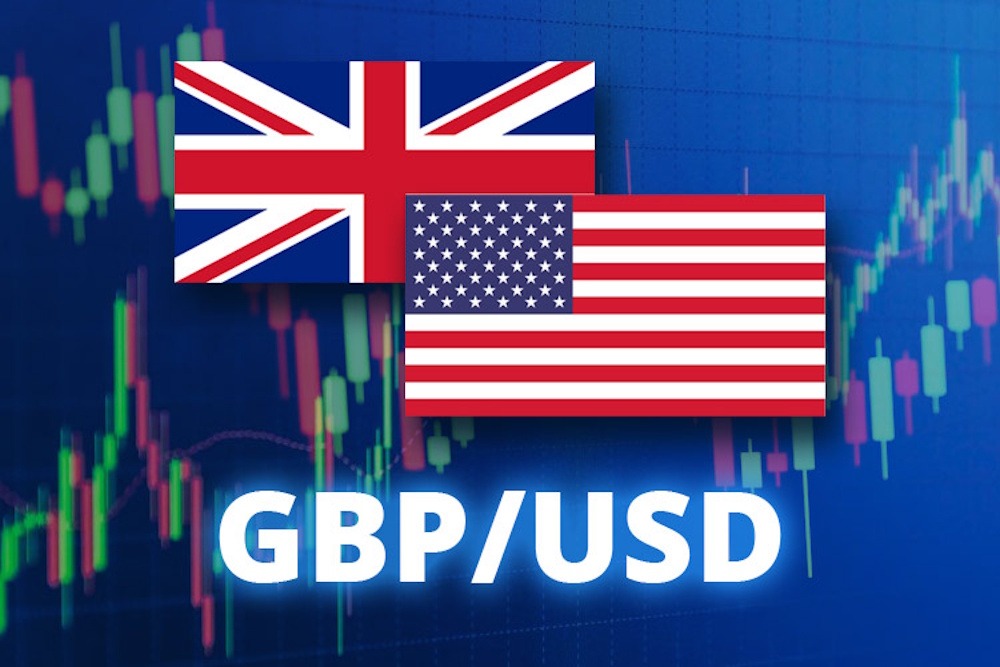The GBP/USD pair experienced a decline to 1.3149 on Friday, remaining close to a seven-month low. The sell-off was initiated by the government’s sudden decision to forgo plans to increase income tax rates prior to the Autumn Statement on 26 November. Prime Minister Keir Starmer and Chancellor Rachel Reeves have eliminated the previously discussed hikes to basic and higher tax rates. Rather, they will pursue alternative strategies to tackle a budget deficit projected at £30 billion. The recent policy reversal has generated considerable market unease regarding the new cabinet’s approach to fiscal discipline and long-term planning, resulting in a widespread sell-off of sterling-denominated assets and contributing to an increase in government bond yields.
Furthermore, the latest macroeconomic indicators have shown weakness, which adds to the existing political uncertainty. Economic growth for the third quarter showed signs of weakness, as monthly GDP experienced a contraction in September. This comes after previous reports indicated that unemployment has reached a four-year high, while wage growth has decelerated to its slowest rate since early 2022. As a result, there has been a notable increase in market expectations regarding a potential rate cut by the Bank of England in December. On the H4 chart, GBP/USD has finalized a corrective wave at 1.3215. A decrease to 1.3062 is expected, probably succeeded by a slight recovery to 1.3131. This level is anticipated to establish resistance within a fresh consolidation range.
A subsequent downward breakout from this range would indicate a continuation of the primary downtrend, paving the way towards 1.2985, with a further potential decline to at least 1.2915. This bearish scenario is corroborated by the MACD indicator. The signal line, remaining above zero, has shown a bearish divergence from the histogram, indicating that the recent corrective bounce may have concluded and a new downward momentum is beginning to take shape. On the H1 chart, the pair has established a consolidation range centered at 1.3153. Our analysis indicates an initial drop to 1.3090, succeeded by a technical rebound aimed at retesting the 1.3153 level from a lower position.
This retest appears to offer a potential selling opportunity prior to the downtrend progressing towards 1.3013. The Stochastic oscillator supports this perspective. The signal line currently resides in oversold territory at the 20 level. This position, rather than implying a potential rebound, generally points to continued downward momentum within a strong trend. The pound is experiencing significant strain, trapped amid political errors that erode fiscal trust and a worsening economic environment that suggests a need for monetary easing. The pair exhibits a distinct bearish structure from a technical perspective. Any near-term stability is expected to be short-lived, as the most probable trajectory suggests a test of support at 1.2985 and possibly 1.2915.

